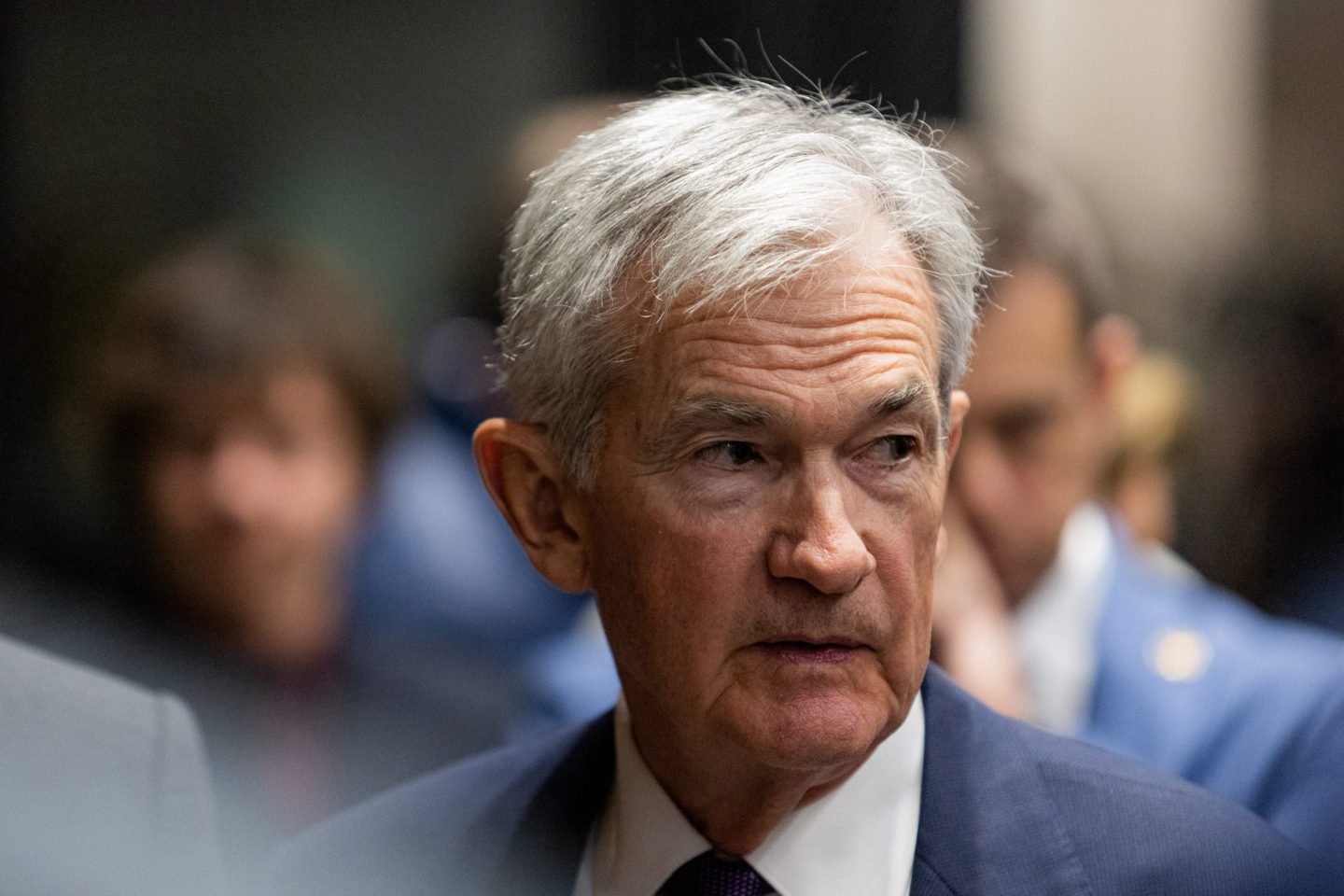This article first appeared in Data Sheet, Fortune’s daily newsletter on the top tech news. To get it delivered daily to your in-box, sign up here.
The more I read about “cryptocurrencies” the more they feel like frauds in the making.
My latest reminder is this detailed report by Fortune’s Team Ledger about an investment by the venture-capital firm Andreessen Horowitz in something called a “stablecoin.” I studied this article carefully, and for the life of me I can’t figure out what this stuff is about. I’m fairly confident I’m just a fuddy-duddy and will be proved wrong.
Be that as it may, here’s the key bit about the “Maker Coin,” or “MKR,” in question that’s got me scratching my head:
The whole point of MakerDAO is to create a system that stabilizes the price of another cryptocurrency it mints: Dai, a digital token presently pegged to the value of a U.S. dollar. The system maintains this price peg by requiring Dai-seekers to put up Ether as collateral. In other words, people send Ether into an escrow-like financial contract coded on the Ethereum blockchain and, in return, they receive some Dai. MKR coin holders, in turn, get to set this “collateralization ratio” (as well as pull some other financial levers).
This arrangement screams out “Ponzi scheme” to my benighted brain. That or the infamous “round-tripping” deals done by slimy AOL executives back in the day.
The other interesting aspect of this investment is that Andreessen Horowitz is veering away from venture-capital investing and into cutting-edge securities speculation. According to Robert Hackett’s excellent profile of Kathryn Haun, the firm’s new partner, Andreessen Horowitz’s charter for its “crypto” fund allows for such investments.
It’s a new day and a new ballgame.











